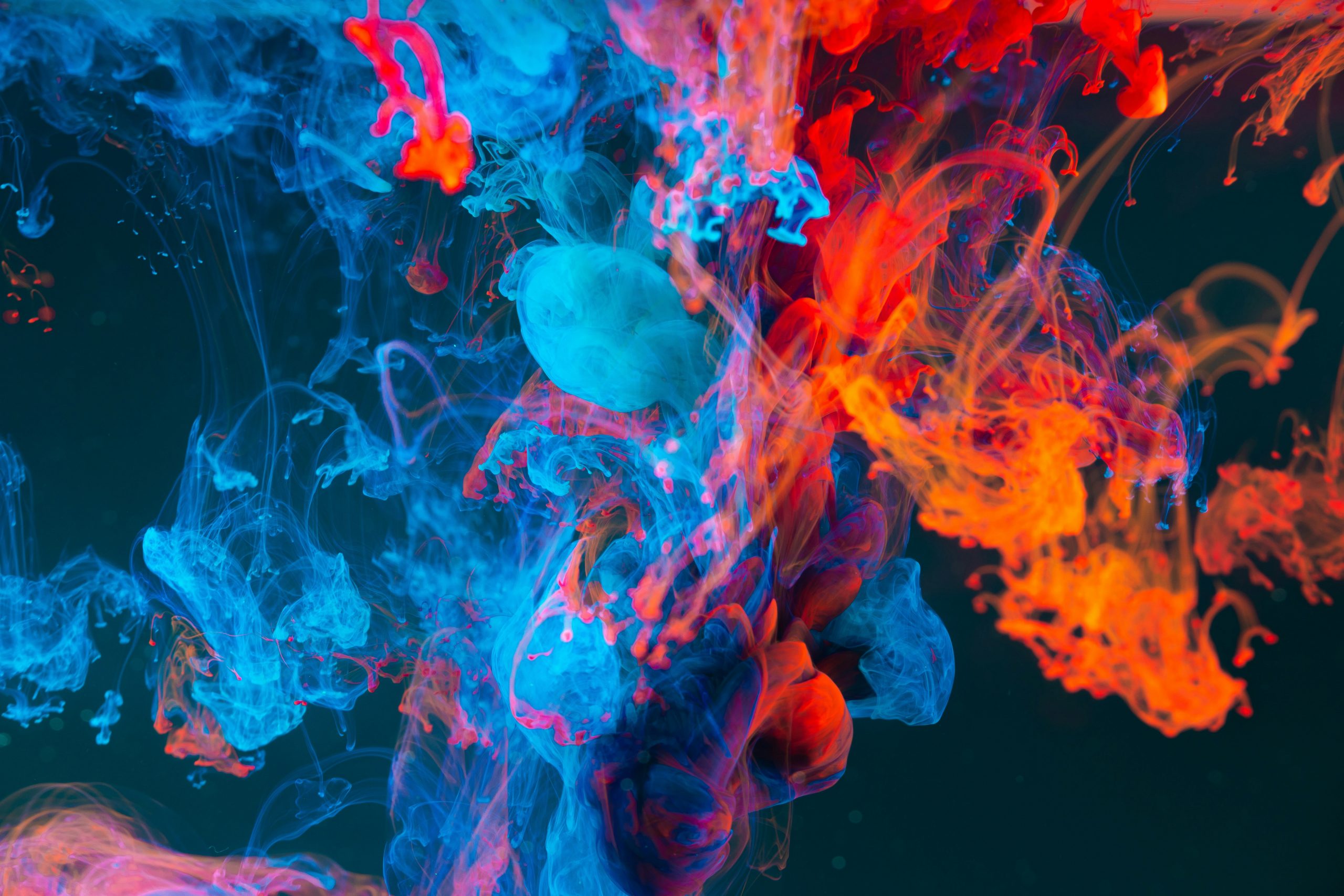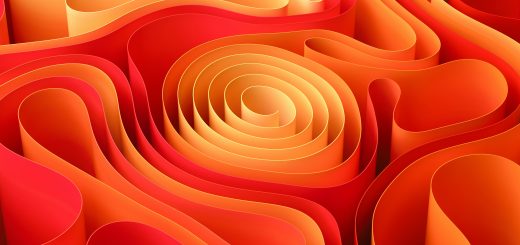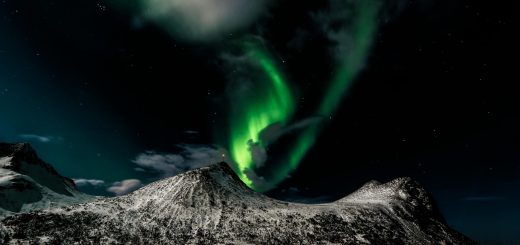Art and Politics: Cultural Influences on Governance

Before diving in, please note: This post is for informational purposes only. If you’d like to know more about how we approach topics, feel free to check out our friendly Disclaimer Page.
Hey there, amazing readers! 🖐️ Just a quick note: yes, we know there are a lot of ads here. Trust us, we get it—it’s not the prettiest look, but they help us keep this blog alive and kicking. Those pesky little ads cover the costs of all the behind-the-scenes magic, from hosting and tech stuff to creating content we hope you’ll love.
We’re committed to delivering quality posts, and your support (even just sticking around despite the ads) means everything to us. So, bear with us, and thanks for helping us keep the good vibes rolling. Now, on to the fun stuff! 😉
TRANSLATE BUTTON AT THE END OF THE ARTICLE
A Quick Overview: Understanding the Intersection of Art and Politics
The relationship between art and politics is a complex and multifaceted one that has existed throughout history.
Art has played a crucial role in shaping political ideologies, influencing governance, and sparking social change.
From ancient civilizations to modern-day societies, artists have used their creative expressions to critique, challenge, and reflect the political landscapes of their time.
Whether through paintings, sculptures, music, literature, or performance art, artists have been at the forefront of addressing pressing political issues, advocating for social justice, and challenging power structures.
In this article, we will explore the various ways in which art and politics intersect, examining historical examples, contemporary movements, the power of visual rhetoric, government support, cultural diplomacy, and more.
The Role of Art in Shaping Political Ideologies
Art has long been recognized as a powerful tool for shaping political ideologies and influencing public opinion.
Through their creations, artists can convey complex ideas, evoke emotions, and challenge prevailing norms and beliefs.
Artistic expressions have the ability to transcend language barriers and communicate universal truths that resonate with people across different cultures and backgrounds.
From propaganda art in totalitarian regimes to protest art in democratic societies, artists have used their work to support, critique, or challenge existing political systems.
By presenting alternative perspectives and shedding light on social injustices, art can inspire critical thinking and prompt individuals to question the status quo.
Historical Examples of Art Influencing Governance
Throughout history, art has played a significant role in influencing governance and political decision-making.
In ancient civilizations, rulers often employed artists to create grand monuments and sculptures that glorified their reign and legitimized their power.
For example, the pharaohs of ancient Egypt commissioned elaborate statues and frescoes to showcase their divine authority and command respect from their subjects.
Similarly, during the Renaissance period, powerful patrons such as the Medici family in Florence used art to project their wealth, influence, and political prowess.
Artists like Leonardo da Vinci and Michelangelo were instrumental in shaping the cultural and political landscape of their time through their groundbreaking works.
In more recent history, art has been used as a form of resistance against oppressive regimes and totalitarian governments.
For instance, during the Nazi regime in Germany, artists like Otto Dix and George Grosz created powerful anti-war paintings that exposed the horrors of war and the brutality of fascism.
Their works served as a form of protest and a call to action against the atrocities committed by the Nazi regime.
In the United States, the civil rights movement of the 1960s inspired artists like Jacob Lawrence and Faith Ringgold to create powerful visual narratives that captured the struggles and triumphs of African Americans fighting for equality and justice.
These historical examples demonstrate the enduring impact of art on governance and political discourse.
Contemporary Artists as Agents of Political Change
In the modern era, artists continue to serve as agents of political change and social transformation.
Through their work, contemporary artists address a wide range of pressing issues, including environmental degradation, social inequality, human rights abuses, and political corruption.
Artists like Ai Weiwei, Banksy, and Yayoi Kusama have gained international recognition for their bold and provocative artworks that challenge authority, provoke dialogue, and inspire activism.
Whether through street art, installations, performance pieces, or multimedia projects, these artists use their platforms to raise awareness about critical issues and mobilize communities to take action.
Contemporary artists also leverage technology and social media to amplify their voices and reach wider audiences.
Platforms like Instagram, Twitter, and YouTube have become powerful tools for artists to share their work, engage with followers, and build virtual communities around shared causes.
By harnessing the power of digital media, artists can circumvent traditional gatekeepers, challenge mainstream narratives, and connect with global audiences in real-time.
The advent of digital art, virtual reality, and interactive installations has opened up new possibilities for artists to create immersive experiences that encourage active participation and dialogue on political and social issues.
Political Art Movements and Their Impact on Society
Throughout history, various art movements have emerged as responses to political upheaval, social unrest, and cultural shifts.
From Dadaism and Surrealism in the early 20th century to Feminist art and Afrofuturism in the contemporary era, art movements have provided artists with a platform to challenge conventions, subvert norms, and advocate for change.
These movements often coalesce around shared values, themes, or aesthetics and serve as the vanguard of cultural and political critique.
By pushing boundaries, experimenting with new forms, and engaging with diverse audiences, art movements can catalyze social movements, shape public discourse, and influence policy decisions.
One notable example of a political art movement is the Guerilla Girls, a collective of feminist artists who use guerrilla tactics to expose gender and racial inequalities in the art world.
Through their iconic posters, billboards, and public interventions, the Guerilla Girls call attention to the lack of representation of women and artists of color in museums, galleries, and art institutions.
By adopting pseudonyms, wearing gorilla masks, and using humor to convey serious messages, the group challenges the patriarchal and Eurocentric norms that dominate the art world.
The Guerilla Girls exemplify how art movements can disrupt power dynamics, challenge systemic biases, and advocate for greater inclusivity and diversity in the arts.
The Power of Visual Rhetoric in Political Discourse
Visual rhetoric plays a crucial role in shaping political discourse, influencing public opinion, and mobilizing communities around shared goals.
Images, symbols, and visual narratives have the power to evoke strong emotions, convey complex ideas, and communicate messages that resonate with viewers on a visceral level.
Whether through political cartoons, protest banners, or activist posters, artists leverage the visual language to convey their perspectives, challenge authority, and inspire action.
Visual rhetoric is especially effective in the digital age, where attention spans are short, and information overload is rampant.
By creating visually compelling content that cuts through the noise, artists can capture the public’s attention, spark conversations, and drive social change.
Political leaders and policymakers also recognize the power of visual rhetoric in shaping public perception and garnering support for their agendas.
From campaign posters and propaganda films to official portraits and state-sponsored murals, governments use art as a tool for propaganda, nation-building, and soft power projection.
By commissioning artworks that glorify the ruling elite, celebrate national achievements, or promote ideological values, governments seek to legitimize their authority, foster national unity, and shape collective memory.
Visual rhetoric can be a double-edged sword, however, as it can also be used to manipulate public opinion, erase dissenting voices, and perpetuate harmful stereotypes.
Art as a Tool for Social Critique and Activism
Art has long been used as a tool for social critique, activism, and resistance against injustice.
By challenging dominant narratives, exposing hidden truths, and amplifying marginalized voices, artists can provoke reflection, empathy, and solidarity among audiences.
Through their work, artists can shed light on systemic inequalities, human rights violations, environmental degradation, and other pressing issues that demand attention and action.
Whether through documentary photography, community murals, or participatory theater, artists engage with communities, raise awareness about social problems, and empower individuals to advocate for change.
One powerful example of art as a tool for social critique is the global street art movement, which has transformed urban landscapes into vibrant canvases for political expression and social commentary.
Street artists like Shepard Fairey, JR, and Swoon use public spaces as their gallery, creating large-scale murals, stencils, and wheat-paste posters that address issues such as climate change, migration, police brutality, and income inequality.
By bringing art outside traditional institutions and into the streets, these artists democratize access to culture, challenge the commodification of art, and spark dialogue among diverse audiences.
Street art serves as a form of guerrilla communication that disrupts the status quo, subverts commercial interests, and empowers communities to reclaim public space for creative expression.
Government Support and Censorship of Artistic Expression
Governments play a complex role in supporting and censoring artistic expression, depending on their political agendas, cultural values, and social contexts.
On one hand, governments may provide funding, infrastructure, and institutional support for artists and cultural organizations to promote national identity, economic development, and soft power projection.
State-sponsored museums, galleries, and arts festivals can showcase the country’s cultural heritage, foster creative talent, and attract tourists and investors.
Governments may also grant awards, scholarships, and residencies to artists as a form of recognition and encouragement for their contributions to society.
On the other hand, governments may also engage in censorship, surveillance, and repression of artistic expression that challenges their authority, questions official narratives, or advocates for social change.
Artists who critique the government, expose corruption, or challenge prevailing norms may face censorship, harassment, or even imprisonment.
In authoritarian regimes, artists are particularly vulnerable to state control, as their work can be perceived as subversive, seditious, or threatening to the regime’s stability.
Governments may impose restrictions on artistic content, ban controversial artworks, and monitor artists’ activities to ensure compliance with state ideology and propaganda.
Cultural Diplomacy: Art as a Means of International Relations
Art has long been used as a tool for cultural diplomacy, fostering understanding, dialogue, and cooperation between nations and peoples.
Through cultural exchanges, art exhibitions, and artistic collaborations, countries can promote mutual respect, bridge cultural divides, and build lasting relationships based on common values and shared heritage.
Cultural diplomacy recognizes the power of art to transcend political differences, promote intercultural dialogue, and enhance cross-cultural communication.
By showcasing their cultural achievements, traditions, and innovations, countries can project a positive image on the world stage, attract foreign investment, and strengthen diplomatic ties.
One prominent example of cultural diplomacy is the Venice Biennale, an international art exhibition that brings together artists, curators, collectors, and art enthusiasts from around the world to celebrate contemporary art and foster cultural dialogue.
The Biennale serves as a platform for countries to showcase their artistic talents, exchange ideas, and promote cultural exchange on a global scale.
Participating countries often use the Biennale as an opportunity to present their national pavilions, host diplomatic receptions, and engage in cultural exchanges with other nations.
By leveraging the soft power of art, countries can enhance their international reputation, build cultural bridges, and promote peaceful coexistence in an increasingly interconnected world.
Artistic Responses to Political Oppression and Injustice
Artists have a long history of responding to political oppression, social injustice, and human rights violations through their creative expressions.
In repressive regimes, artists often become voices of dissent, resistance, and resilience, using their work to expose state brutality, advocate for freedom of expression, and demand accountability from the authorities.
Whether through underground exhibitions, clandestine performances, or encrypted communications, artists navigate the risks of censorship, surveillance, and persecution to speak truth to power and mobilize communities against repression.
Artists who engage in political activism often face threats to their safety, livelihoods, and creative freedom but remain committed to their mission of challenging injustice and promoting human dignity.
One poignant example of artistic responses to political oppression is the case of Ai Weiwei, a Chinese artist and human rights activist who has faced censorship, surveillance, and harassment by the Chinese government for his outspoken critiques of authoritarianism and corruption.
Despite facing constant threats to his safety and freedom, Ai Weiwei continues to produce powerful artworks that expose human rights abuses, challenge government propaganda, and advocate for freedom of expression.
Through his multimedia projects, installations, and social media campaigns, Ai Weiwei raises awareness about pressing social issues, mobilizes global support for political prisoners, and amplifies the voices of marginalized communities.
His unwavering commitment to justice and human rights exemplifies the enduring power of art to confront oppression and inspire change.
Public Art and Its Influence on Civic Engagement
Public art plays a vital role in shaping civic engagement, community identity, and urban development by bringing art outside traditional institutions and into shared public spaces.
Whether through murals, sculptures, performance art, or interactive installations, public art transforms neighborhoods, parks, and streets into dynamic cultural hubs that foster creativity, dialogue, and social interaction.
Public art projects engage diverse audiences, spark conversations, and reflect the values, histories, and aspirations of local communities.
By involving residents in the creation and curation of public art, cities can empower citizens, build social cohesion, and revitalize public spaces as vibrant centers of cultural exchange.
One notable example of public art’s influence on civic engagement is the High Line in New York City, a public park built on a historic elevated railway that has been transformed into a greenway and cultural destination.
The High Line features a rotating series of outdoor art installations, performances, and exhibitions that engage visitors, provoke dialogue, and celebrate the city’s artistic heritage.
By integrating art into the urban landscape, the High Line has become a model for sustainable development, community engagement, and creative placemaking.
Public art projects like the High Line demonstrate how art can enrich public life, promote social equity, and inspire residents to take pride in their shared environment.
Conclusion: The Ongoing Dialogue Between Art and Politics
In conclusion, the relationship between art and politics is a dynamic and enduring dialogue that shapes governance, influences public opinion, and inspires social change.
Artists have long served as agents of political critique, social activism, and cultural diplomacy, challenging power structures, advocating for justice, and fostering dialogue across diverse communities.
From historical examples of art influencing governance to contemporary movements addressing pressing issues, art continues to play a crucial role in shaping political discourse and civic engagement.
By harnessing the power of visual rhetoric, cultural diplomacy, and public art, artists can amplify their voices, mobilize communities, and catalyze positive social transformation.
The ongoing dialogue between art and politics reflects the enduring power of creative expression to confront oppression, challenge injustice, and envision a more just and equitable society for all.

The Enlightenment Journey is a remarkable collection of writings authored by a distinguished group of experts in the fields of spirituality, new age, and esoteric knowledge.
This anthology features a diverse assembly of well-experienced authors who bring their profound insights and credible perspectives to the forefront.
Each contributor possesses a wealth of knowledge and wisdom, making them authorities in their respective domains.
Together, they offer readers a transformative journey into the realms of spiritual growth, self-discovery, and esoteric enlightenment.
The Enlightenment Journey is a testament to the collective expertise of these luminaries, providing readers with a rich tapestry of ideas and information to illuminate their spiritual path.
Our Diverse Expertise 🌟
While our primary focus is on spirituality and esotericism, we are equally passionate about exploring a wide range of other topics and niches 🌍📚. Our experienced team is dedicated to delivering high-quality, informative content across various subjects ✨.
To ensure we provide the most accurate and valuable insights, we collaborate with trusted experts in their respective domains 🧑🏫👩🏫. This allows us to offer well-rounded perspectives and knowledge to our readers.
Our blog originally focused on spirituality and metaphysics, but we’ve since expanded to cover a wide range of niches. Don’t worry—we continue to publish a lot of articles on spirituality! Frequently visit our blog to explore our diverse content and stay tuned for more insightful reads.





